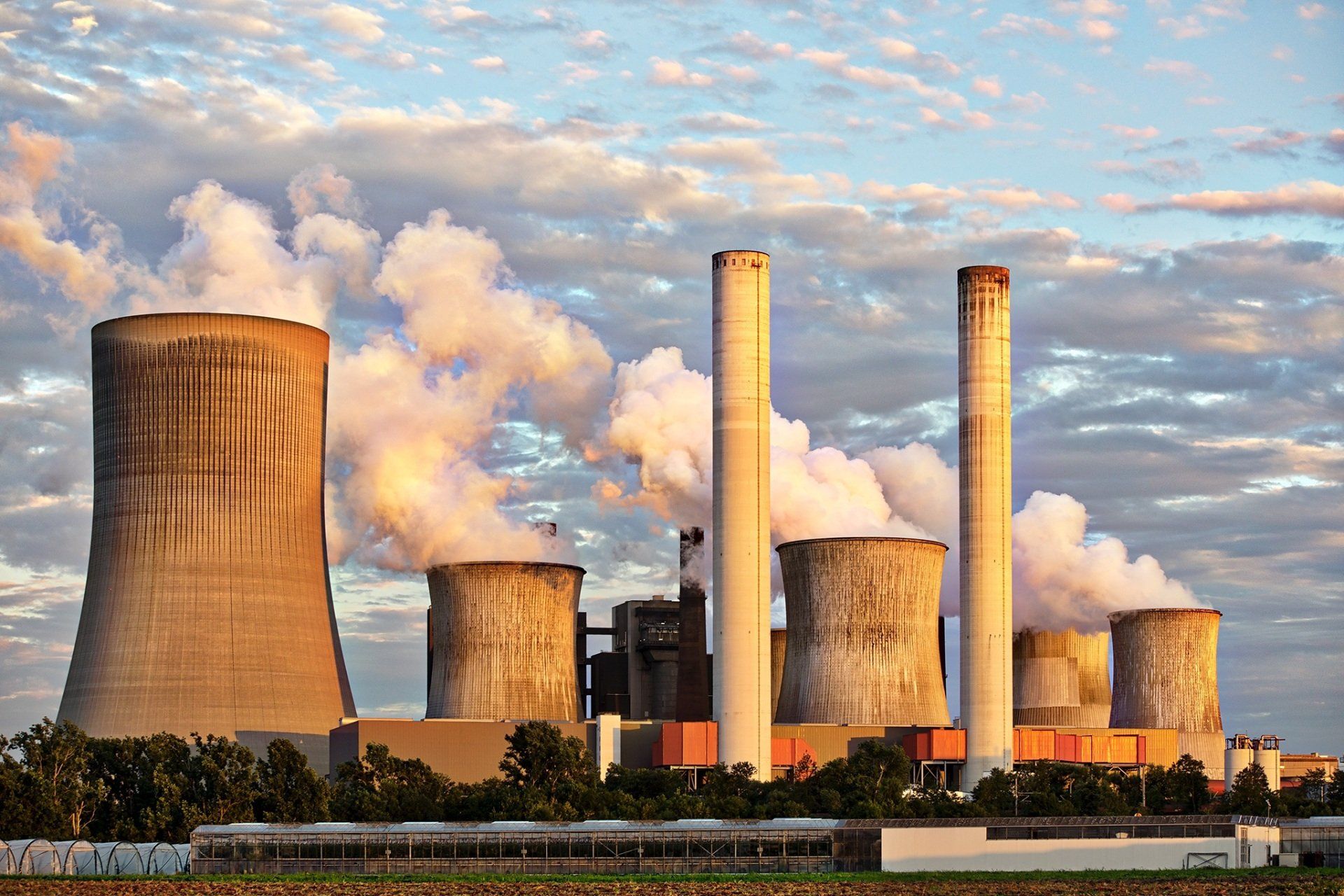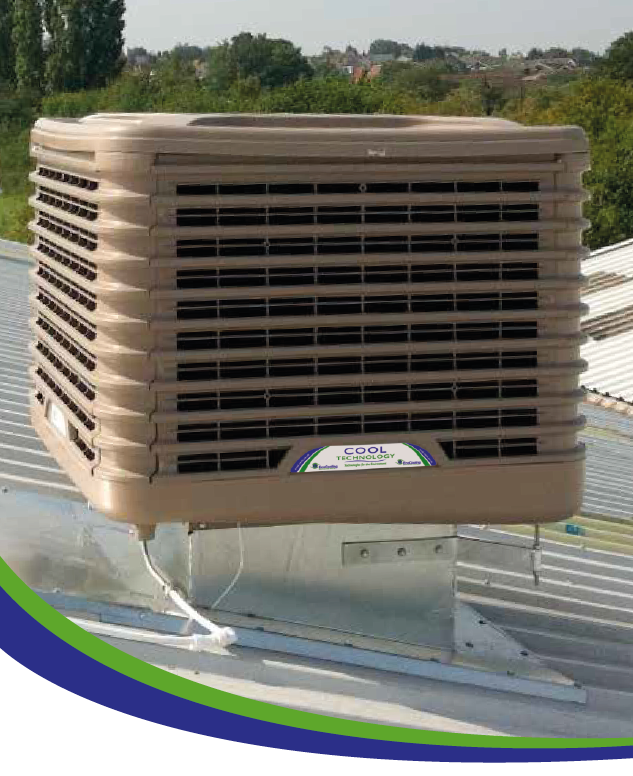Commercial energy prices have surged – will they go back down?

As a business you have a set of fixed costs that underpin everything you do, the costs you can’t avoid. One of them is bound to be energy. In this article we examine what’s in store for commercial energy prices in 2024, and how you can cut your bills down to the bone thanks to our brilliant energy-efficient heating systems.
Energy prices have surged – Will they go down in 2024?
Whatever you make or do, it’s important to keep cool when it’s hot and warm when it’s cold. At the same time gas and electricity prices make up a bigger chunk of business outgoings than ever before. So where do you stand for 2024?
Energy prices went nuts in 2022, and then calmed down a bit in 2023. Now, in 2024, energy prices are still double what they were in early 2021.
The business Energy Bill Relief Scheme lasted six months from October 2022 to March 2023, replaced by the Energy Bills Discount Scheme that came into being on 1st April 2023. The change brought dramatic reductions in funding. In fact prices haven’t moved beyond the minimum threshold since December 18th 2022, months before the scheme was even created.
There’s no price cap on commercial energy. Even if business energy rates fall, the prices aren’t capped. In fact business energy prices change as the market changes. A 50% fall in wholesale prices has seen rates drop by 50% since October, but it’s meaningless as far as the future is concerned. In fact Ofgem thinks it’s unlikely we’ll see prices drop to pre-energy-crisis rates this decade, if ever.
Energy prices are falling at the moment thanks to a drop in demand during winter 2022-23, which was unusually mild, and to people and businesses consciously using less energy to save money. At the same time the impact of the Ukraine war is easing, supported by the EU reducing their reliance on Russian gas. Instead they’ve stocked up on liquid natural gas from worldwide sources. Energy prices fell again over summer 2023, when demand naturally fell because of the warm weather. But despite the fall, wholesale energy prices remain higher than pre-pandemic levels.
The overall picture? While wholesale energy prices have fallen, the actual cost of energy is still very high indeed.
About today’s wholesale energy prices
The ‘delivery contract rate’ is the wholesale price suppliers pay for the energy they supply to homes and businesses. As we write the cost of wholesale gas is around 135p per therm and wholesale electricity comes in at around £120 per MWh. Something called ‘day-ahead contract rates’ reveal the way prices change in the so-called ‘spot market’ which sells and buys energy as demand fluctuates. These prices affect the delivery contract rates.
The amount a business pays is calculated using the size and type of the business, and the amount of energy you use, when you use it. The area you’re based also has an effect. But the most dramatic influence on energy prices is everyday supply and demand.
Prices have been super-volatile for the last year because supply and demand have been affected more than usual by global events like war and supply chain issues. That’s why suppliers tend to trade on futures markets, a reasonable way to increase certainty about supply and prices.
At the moment some suppliers are quoting sky-high rates, some are refusing to quote at all, and others have left the market altogether until things calm down – if they ever do. As a result wholesale energy prices are stuck at record highs.
Because there’s no commercial cap, out-of-contract gas rates have shot up by an average of 180%, and out-of-contract electricity rates by 130% since August 2021. Add the closure of Nord Stream 1, severe problems with energy infrastructure like the delays to the Nord Stream 2 pipeline going live, and serious damage to the LNG plant in Texas, mean the world’s businesses are struggling – but the UK is worse off than most.
Over here we struggled to maximise wind power last year because of low winds. Some nuclear power stations had outages, which meant they used more gas than usual. And the way the UK energy system works, tying renewable energy to gas prices, forced renewable energy prices up along with gas. There was a fire at a critical National Grid in Kent, and because the UK has very low gas reserves compared to the EU we can’t stockpile it. A lack of government support completes a perfect storm that is leaving businesses with real problems affording energy.
Will the cost of energy drop in 2024?
The answer is, nobody really knows. The market remains unusually volatile and therefore hard to predict. Some forecasts say energy prices will stay horribly high throughout 2024. The Energy Bills Discount Scheme stops at the end of March. There are no plans to replace it... yet. And the government has stalled on the VAT reduction they promised.
There’s no reduction in the charges not directly linked to energy wholesale prices. And there’s very little hope that there’ll be a commercial energy price cap or emergency government energy grants on the cards despite negotiations by UK Chambers of Commerce and the National Federation of Independent Retailers. Nobody knows what’s in store after the General Election either, so it’s a case of hang onto your hats and hope for the best.
The best energy saving heating and cooling for businesses
We’ve sourced today’s best, most energy-efficient ways to heat and cool business premises. They’re reliable, affordable, and do a top job of reducing the amount of power a business uses. If you’d like to know more, we’ll be pleased to discuss the potential with you.










